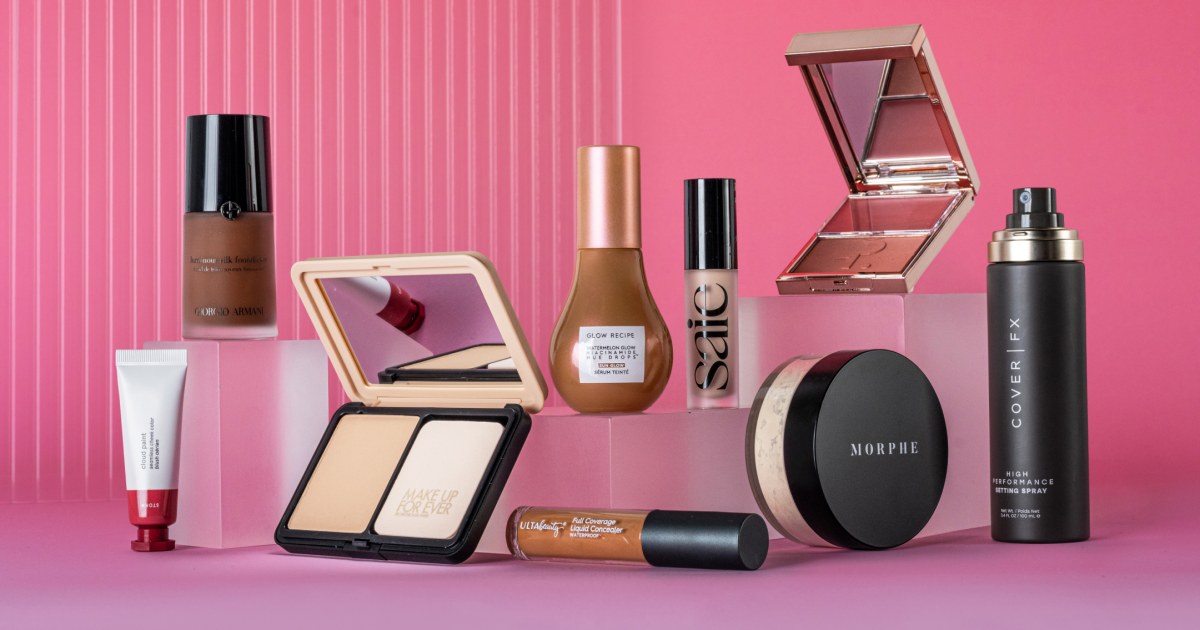Why Cruelty-Free Beauty Products Are the Future of Skin Care and Cosmetics
The shift in the direction of cruelty-free elegance products is not just a trend; it mirrors a considerable transformation in customer values and sector practices. The implications of this change expand beyond customer preferences, increasing questions regarding the future of regulative standards and brand honesty.
Growing Customer Understanding
The growing customer awareness bordering cruelty-free beauty items mirrors a substantial shift in social worths towards ethical usage. As people progressively focus on the well-being of animals and seek to make enlightened investing in decisions, the demand for items that are not checked on animals has actually risen. This heightened understanding is driven by a mix of factors, including the surge of digital platforms that promote knowledge sharing, greater transparency from brand names, and advocacy projects that highlight the moral effects of typical testing techniques.
Consumers are now extra complete than ever before to research study and identify cruelty-free brand names, leading to a much more critical market. Younger generations, particularly millennials and Gen Z, are leading the charge, usually choosing for brands that personify their honest position.
Honest Considerations in Beauty
Honest considerations in appeal extend past the realm of pet welfare, including a broader spectrum of social and environmental influences. Consumers are significantly inspecting the sourcing of components, labor methods, and the ecological footprint of elegance products. Brands that focus on ethical techniques frequently use sustainably sourced materials, minimizing their ecological impact while sustaining reasonable trade campaigns.
Moreover, the beauty market has a substantial impact on worldwide labor markets, particularly in developing countries where lots of active ingredients are sourced. Moral brands advocate for equitable labor practices, making sure that employees receive fair salaries and safe working conditions. This commitment to social obligation not only boosts the lives of those associated with the manufacturing procedure yet also resonates with consumers who value transparency and stability.
Furthermore, the environmental impact of packaging and production methods can not be forgotten. Brands are significantly taking on environmentally friendly product packaging remedies and decreasing waste, aligning with an expanding customer need for sustainability. By attending to these honest considerations, beauty brand names can promote a more conscientious sector that values both people and the planet, leading the way for a future where accountable practices are the norm instead than the exception.

The Influence On Brand Name Commitment
Customer loyalty to charm brands is increasingly influenced by moral techniques, specifically in the realm of cruelty-free and lasting items. cruelty-free beauty. As customers end up being much more socially conscious, their buying decisions are regularly assisted by the ethical implications of the products they pick. Brand names that prioritize cruelty-free techniques not just attract this growing group however likewise foster a feeling of trust and honesty among their customer base

In addition, the openness bordering cruelty-free certifications boosts customer confidence in the brand name's dedication to ethical practices. This transparency can produce a psychological connection in between the consumer and the brand, more solidifying commitment. In an era where brand name track record is increasingly scrutinized, the dedication to cruelty-free practices is not just a trend but a substantial aspect in long-term brand name loyalty.
Advancements in Cruelty-Free Formulations
As brand name loyalty significantly rests on ethical methods, firms are responding with cutting-edge techniques to cruelty-free formulas. The sector is witnessing a surge in the growth of alternatives to animal testing, using advanced modern technologies such as artificial insemination testing and computer modeling. These approaches not only meet honest criteria but likewise increase product advancement timelines.
Moreover, many brands are taking advantage of the power of all-natural ingredients that are both effective and sustainable. Plant-based removes, bioengineered substances, and ethically sourced materials are acquiring grip, interesting eco conscious consumers. Technologies in conservation techniques, such as using natural preservatives, enhance product durability without endangering cruelty-free integrity.
Brands are likewise purchasing clear sourcing techniques, permitting customers to trace the origin of components. This openness cultivates trust fund and encourages consumers to make enlightened options. Furthermore, cooperations with charitable discover this organizations and cruelty-free accreditations are coming to be more common, signaling a commitment to moral techniques.
As the need for cruelty-free products remains to climb, these developments not just redefine sector standards but also add to an extra humane future for charm and skincare. The dedication to honest formulas is improving customer expectations and driving the market towards higher liability.
The Future of Regulatory Requirements
The landscape of regulatory criteria for cruelty-free charm products is advancing quickly in reaction to expanding customer demand for openness and honest practices. As customers progressively focus on gentle treatment of pets in product growth, regulative bodies are being urged to develop more clear standards and certifications that define what constitutes cruelty-free.
Existing policies differ extensively by region, developing confusion among customers and makers alike. cruelty-free beauty. In the future, we can expect an approach standard meanings and criteria, potentially leading to a merged global framework. This would certainly not only boost consumer trust fund however additionally encourage a lot more brand names to adopt cruelty-free techniques
Furthermore, developments in modern technology, such as alternate screening techniques and in vitro versions, are likely to influence governing requirements. These technologies could lead the way for much more rigid needs that prioritize humane techniques without compromising item security or effectiveness.
The cooperation in between sector stakeholders, advocacy groups, and regulatory authorities will be critical in shaping these standards. By promoting dialogue and establishing natural plans, the elegance sector can guarantee that cruelty-free methods come to be an essential part of its honest landscape, eventually profiting customers, animals, and the atmosphere.
Final Thought
Increasing customer understanding and honest considerations drive brands to take on gentle practices, fostering better brand commitment. Eventually, the commitment to cruelty-free practices is crucial for brand names seeking to thrive in an affordable market, as it resonates deeply with the worths of contemporary consumers.
Comments on “Cruelty-Free Beauty Must-Haves: Your Handbook to Responsible Skincare and Cosmetics”